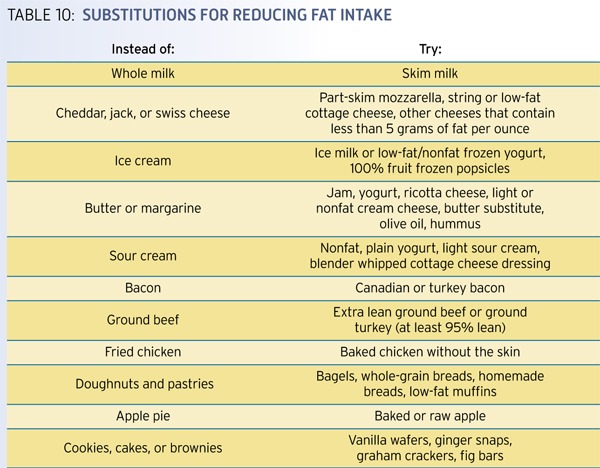Chocolate Rain
MuscleChemistry Registered Member
Fat is the primary fuel for light to moderate intensity exercise. Although fat is a valuable metabolic fuel for muscles during endurance exercise and performs many important functions in the body, no attempt should be made to consume more fat. With that said, some studies have shown, athletes that consume high-fat diets typically consume fewer calories from carbohydrates.
The more efficient an athlete becomes in their respective sport, the easier it is for them to operate at a lower intensity while maintaining the same level of work or maintaining the same speed (metabolic efficiency).
At this lower intensity, stored fat in the muscle can be used as a fuel source. The average 150-pound athlete carries 1,500-2,000 calories in the form of carbohydrates but up to 80,000 calories in the form of fat. The old saying, “Fat burns in a carbohydrate flame” holds true, as fat cannot be used without the presence of carbohydrates. Thus, for efficient endurance and ultraendurance athletes, carbohydrates are still important, but stored fats help them reach the finish line as well.
A research study looked at muscle biopsies of elite rowers who consumed either 40 percent of their calories from fat or 20 percent of their calories from fat, and also compared the power output and speed of the rowers. The following is a summary of the results.
It is important to recognize that there are many sources of hidden fat in foods. Fat is present, but not separately visible, in:
Table 10 gives suggestions for reducing fat intake.
The more efficient an athlete becomes in their respective sport, the easier it is for them to operate at a lower intensity while maintaining the same level of work or maintaining the same speed (metabolic efficiency).
At this lower intensity, stored fat in the muscle can be used as a fuel source. The average 150-pound athlete carries 1,500-2,000 calories in the form of carbohydrates but up to 80,000 calories in the form of fat. The old saying, “Fat burns in a carbohydrate flame” holds true, as fat cannot be used without the presence of carbohydrates. Thus, for efficient endurance and ultraendurance athletes, carbohydrates are still important, but stored fats help them reach the finish line as well.
A research study looked at muscle biopsies of elite rowers who consumed either 40 percent of their calories from fat or 20 percent of their calories from fat, and also compared the power output and speed of the rowers. The following is a summary of the results.
- The rowers who consumed the low-fat, high-carbohydrate diet had more muscle glycogen.
- The rowers on the high-fat, low-carbohydrate diet had moderate levels of muscle glycogen, but were still able to complete the workout sets.
- When it came to power output and faster speeds, those rowers who consumed the low-fat, high-carbohydrate diets had significantly higher power and speed.
It is important to recognize that there are many sources of hidden fat in foods. Fat is present, but not separately visible, in:
- Dairy products such as cheese, whole milk, sour cream, and ice cream
- Processed foods such as chips, crackers, granola bars, and french fries
- Cooked meats and fish
- Other food sources like nuts or avocados
- Other more obvious sources of fat are in products like margarine, butter, mayonnaise, salad dressing, oils, and meats with marbling or visible fat.
Table 10 gives suggestions for reducing fat intake.


